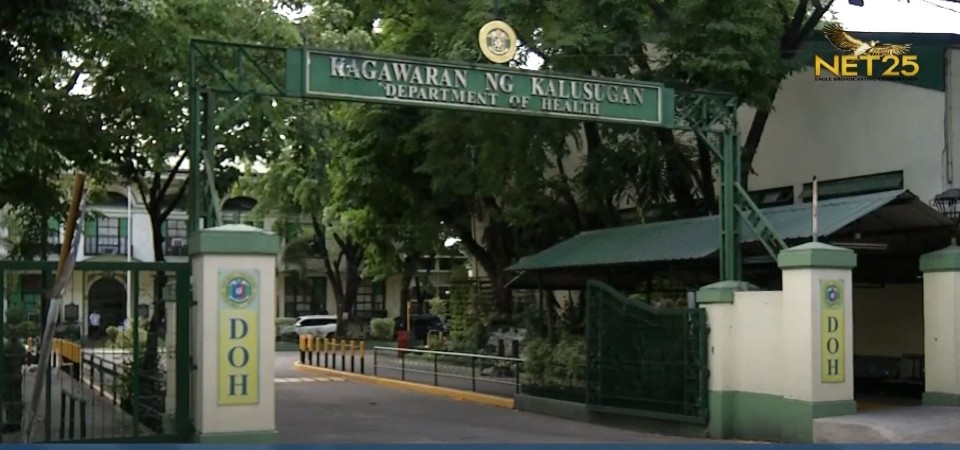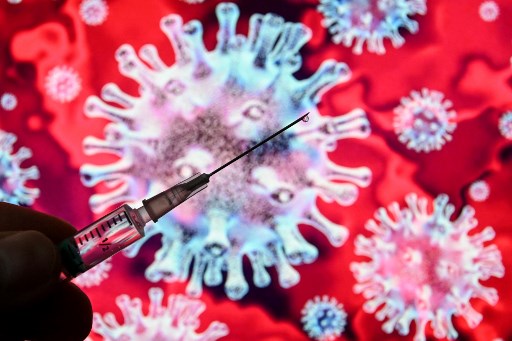Omicron cases detected nationwide; DOH probing how Omicron sublineage BA.2 became predominant in PHL

(Eagle News) – More Omicron variant cases have been detected in the Philippines at 618, which includes both the original Omicron lineage B.1.1.529, and its sub-lineages, BA.1 and BA.2 or the so-called “stealth Omicron.”
The Department of Health (DOH) announced this on Thursday in the latest genome sequencing of the University of the Philippines – Philippine Genome Center (UP-PGC), and the University of the Philippines – National Institutes of Health (UP-NIH).
There were 677 samples sequenced and most of these, at 91.29 percent, were Omicron cases. The Delta variant were only 35 cases, thus only constituting 5.17 percent of the samples.
The DOH also confirmed that most of the Omicron variant cases, especially the local cases, were already of the sublineage BA.2 or the “stealth Omicron.” Health officials are investigating how this has come about.
“The DOH shall continue to investigate why BA.2 has become more prevalent than BA.1 but so far the detection of BA.2 does not entail any significant change in the COVID-19 response,” the DOH statement read.
“While studies are still underway on the possible effects of the identified ‘Stealth Omicron’ on current case trends, the Department of Health reminds the public that regardless of the variant, we must seek safety and protection to further prevent virus transmission and mutation,” it said.
“New protocols were put in place as a preventive measure to mitigate the risks of the different variants of the virus,” the health department noted.

According to the DOH, the 618 Omicron variant cases were composed of 497 local cases and 121 Returning Overseas Filipinos (ROFs). The data showed that the Omicron variant had already spread in the entire country.
-Breakdown of local Omicron variant cases-
The following is the breakdown of the 497 local Omicron cases based on the regions with the most number of cases:
-National Capital Region – 238 cases;
-CALABARZON – 71 cases;
-Ilocos Region – 30 cases;
– Western Visayas – 30 cases;
– Eastern Visayas – 28 cases;
-Central Luzon – 27 cases;
-Central Visayas – 20 cases;
-Cagayan Valley -19 cases;
-Cordillera Administrative Region (CAR) -13 cases;
-Davao Region -10 cases;
-SOCCSKSARGEN – six (6) cases;
-Bicol region – 2 cases;
-MIMAROPA – 2 cases;
-Northern Mindanao – 1 case
Based on the case line list, 13 cases are still active, two (2) cases have died, 560 cases have been tagged as recovered, while there are 43 cases whose outcomes are still being verified, the DOH said.
There are already five confirmed deaths from the Omicron cases. The total number of confirmed Omicron variant cases is now 1,153.
Meanwhile, of the additional 35 Delta variant cases, 26 were local cases and nine (9) were ROFs. Based on the case line list, one (1) case has died, 30 have been tagged as recovered, while there are four (4) cases whose outcomes are still being verified, the DOH data showed.

-Get vaccinated, get booster shots, says DOH-
While Omicron variant cases are said to have less severe symptoms than Delta cases, the DOH reminded the public not to be complacent as the Omicron variant had also resulted in at least five deaths already.
It urged the public “to complete their primary series of vaccines and boosters, especially those who are most vulnerable to the virus such as the elderly, the young, and the sick.”
“The vaccines provided by the government are proven to be safe and effective in preventing hospitalization, even death caused by severe and critical symptoms,” the DOH said.
The earliest detection of the BA.2 sub-lineage was on December 31, 2021 and was found to be the majority of Omicron cases in the latest batch.
Data gathered by the DOH, UP-PGC, and UP-NIH showed that there is no significant difference in BA.1 and BA.2 characteristics in terms of transmissibility or severity of disease, the DOH added.
(Eagle News Service)








